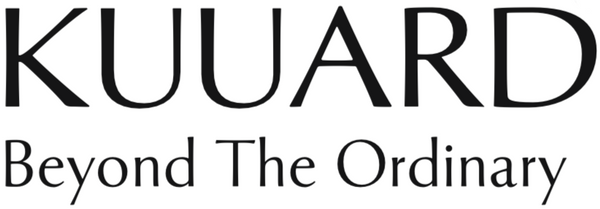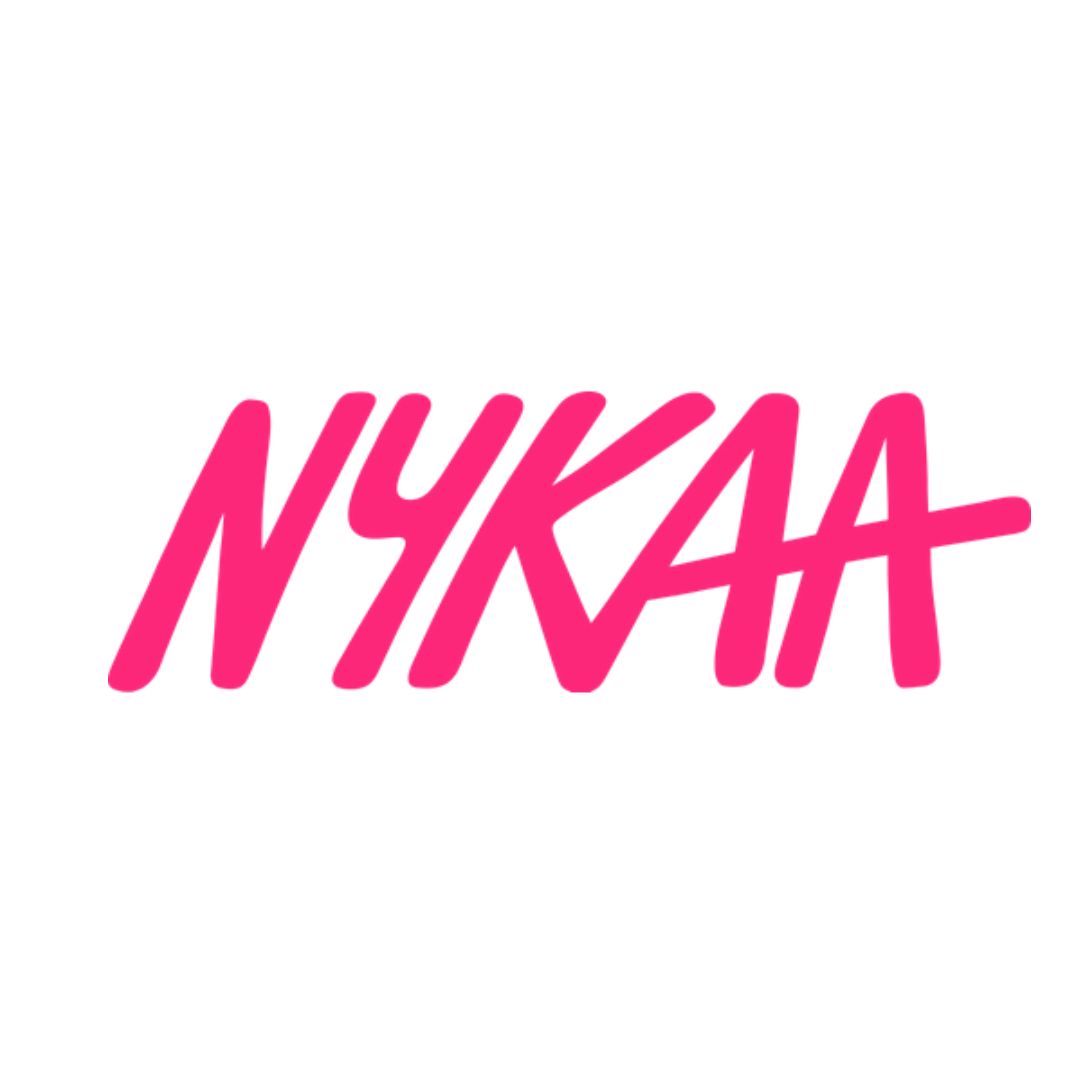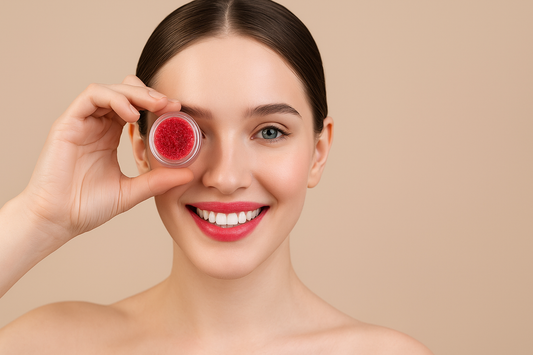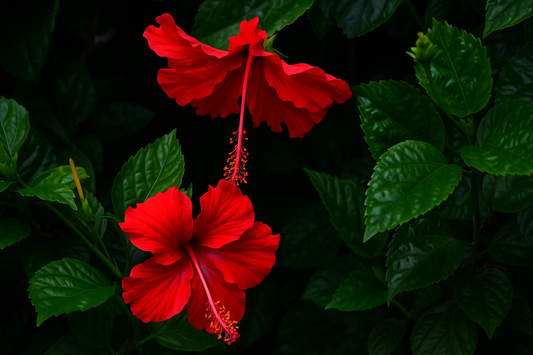
Understanding Sebum: Causes, Effects, and Natural Control Methods
Share
Have you noticed your skin becoming oilier with seasonal changes? Or observed that individuals with oily skin often experience more acne breakouts, clogged pores, and a persistent greasy shine? Excess sebum production could be the culprit.
What Is Sebum?
Sebum is an oily substance secreted by sebaceous glands in the skin. Its primary function is to lubricate and protect the skin and hair, keeping them moisturized and preventing dryness. Sebum also acts as a barrier against harmful microorganisms and environmental damage. However, excessive sebum production can lead to frustrating skin issues, including clogged pores and acne.
Did you know? On average, the skin produces about 1 to 2 grams of sebum per day. This amount can vary depending on factors like skin type, age, hormones, and environmental conditions.
Effects of Excessive Sebum Production
When sebaceous glands produce too much sebum on the face, it can lead to oily skin prone to cystic acne and comedones. Excessive sebum on the scalp can result in seborrheic dermatitis, an inflammatory skin condition causing redness, scaling, and dandruff, typically in areas rich in sebaceous glands.

Factors Influencing Sebum Production
Several factors can affect sebum production:
-
Hormones: Hormonal changes during puberty, menstruation, and pregnancy can significantly alter sebum production.
-
Diet: High-glycemic foods, dairy, and certain fats may promote increased sebum production.
-
Genetics: Your genetic makeup plays a role in determining the size and activity of sebaceous glands, influencing how much sebum you produce.
-
Environment: Temperature, humidity, and stress levels can affect sebum production. For example, heat and humidity can cause sebaceous glands to work overtime.
-
Skin Care: Over-cleansing or using harsh products can lead to a rebound effect, where the skin produces more sebum to compensate for lost moisture.

Natural Methods to Control Sebum Production
Controlling sebum naturally involves a combination of proper skincare practices, dietary adjustments, and the use of specific herbs.
1. Skincare Practices and Products
-
Gentle Cleansing: Use a mild, non-comedogenic cleanser twice a day to remove excess oil without over-drying the skin. Overwashing can lead to increased sebum production as the skin tries to compensate for moisture loss.
Kuuard Face Wash Skin Hydrating Squalene & Ceramides. A nourishing face wash with Squalene, Ceramides, and Kiwi to gently exfoliate and restore moisture—leaving skin soft, soothed, and glowing with every cleanse.
-
Regular Exfoliation: Exfoliation helps remove dead skin cells that can clog pores and mix with sebum, leading to acne. Use a gentle exfoliant 1-2 times a week, especially if you have oily or combination skin.
Kuuard Invigorating Glow Face Scrub Bakuchiol, Saffron & Mulberry. A radiance-boosting face scrub that deeply cleanses and exfoliates—refining pores and reducing pigmentation for smooth, glowing, even-toned skin.
- Avoid Over-Drying the Skin: Using harsh, alcohol-based toners or astringents can strip the skin of moisture, causing sebaceous glands to produce more oil in response.
-
Be Gentle with Your Skin: Avoid excessive scrubbing or abrasive exfoliation, as this can irritate the skin and lead to more oil production or skin damage.

2. Diet and Lifestyle Changes
-
Healthy Diet: Limit fatty and high-glycemic foods (like refined sugars and carbs) and dairy, as they may trigger increased sebum production in some people.
-
Ample Hydration: Drink plenty of water to keep your skin hydrated. Dehydrated skin tends to overproduce sebum to compensate, leading to oiliness.
-
Stress Management: Stress increases the production of cortisol, a hormone that can lead to more sebum production. Regular exercise, mindfulness practices, yoga, or meditation can help reduce stress and maintain balanced skin oil levels.
3. Herbs to Manage Excess Sebum Production
Certain Ayurvedic herbs can help regulate oil production, detoxify the body, and improve skin health:
-
Neem: Known for its anti-inflammatory, antimicrobial, and purifying properties. It helps detoxify the body and reduce skin inflammation, making it ideal for managing excess oil and acne. Use neem-based cleansers or masques as a topical treatment or take it internally as an herbal supplement.
Use Kuuard Pure Rose Water Toner Distilled Rose Petals and Neem. A refreshing rosewater toner rich in antioxidants to hydrate, soothe, and balance—tightening pores and calming the skin for a soft, radiant glow.
-
Aloe Vera: Known for its soothing, cooling, and anti-inflammatory properties. It helps balance sebum production and can calm irritated, oily skin. Use pure hydrating aloe vera gel directly on the skin or consume aloe juice to support overall skin health.
use Kuuard Face Hydrating Gel Mexican Aloe Vera & Hyaluronic Acid. A refreshing hydrating gel with Aloe Vera and Hyaluronic Acid to deeply nourish, soothe, and replenish—leaving your skin soft, radiant, and revitalized.
-
Turmeric: Has powerful anti-inflammatory and antimicrobial properties. It can help reduce excess oil production and fight acne-causing bacteria. Incorporate turmeric into your diet as turmeric water or turmeric milk for health benefits.
-
Sandalwood: Has cooling and astringent properties that help reduce the appearance of oily skin and acne. It can be used as an ingredient in face masks or applied directly to the skin in the form of sandalwood powder mixed with rose water or coconut oil.
-
Nagkesar: Balances excess oil production of the skin and helps minimize open pores, clarifying skin for an even-toned and glowing complexion.
By understanding the factors that influence sebum production and adopting natural methods to manage it, you can achieve a balanced, healthy complexion. Remember, consistency in skincare routines and lifestyle choices plays a crucial role in maintaining optimal skin health.
If you would like to explore products that align with these natural methods, feel free to browse our Face Care collection.











